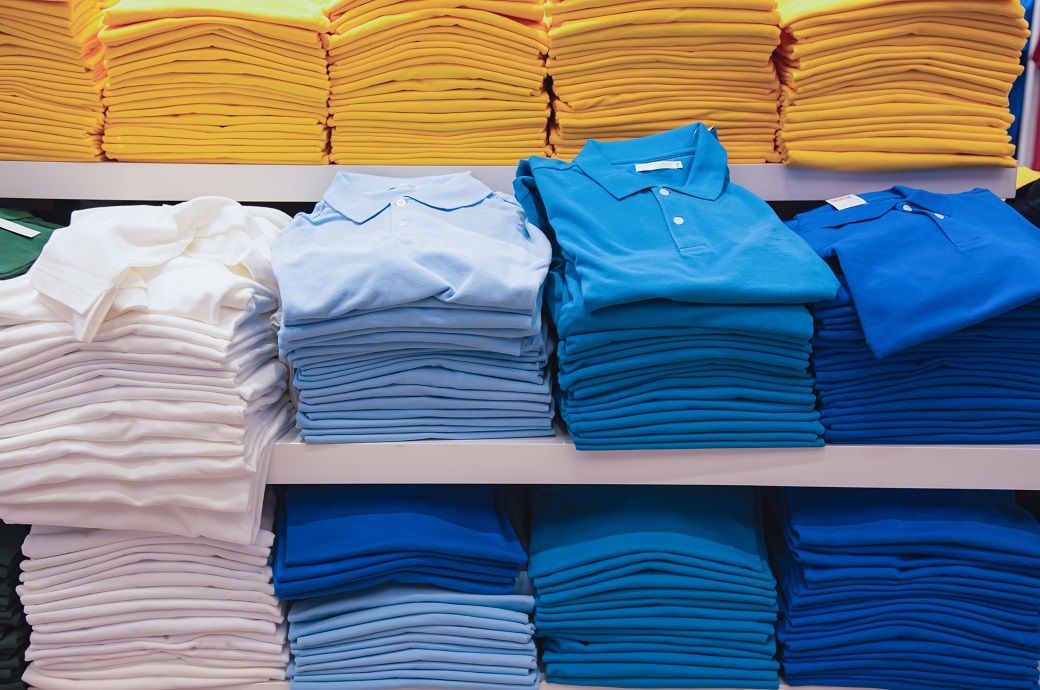
The Middle East includes countries such as Saudi Arabia, Iran, Iraq, the United Arab Emirates, Israel, Jordan, Syria, Lebanon, Qatar, Oman, Yemen, Bahrain, Kuwait, Egypt, and Turkiye.
Even amidst the Israel-Hamas conflict, the region’s apparel imports continued to grow. According to Fibre2Fashion’s market insight tool TexPro, imports rose 15.40 per cent from $6.854 billion in 2023 to $7.910 billion in 2024.
This upward trend has continued into 2025, with imports rising by 6.58 per cent in the January–April period.
Apparel imports in the Middle East had declined to $4.575 billion in 2020 from $5.016 billion in 2019 due to the global pandemic. However, they rebounded to $5.454 billion in 2021 and climbed further to $6.853 billion in 2022.
China remained the region’s largest apparel supplier, with shipments worth $802.226 million in the first four months of 2025—accounting for 31.19 per cent of total imports. Other major suppliers included Bangladesh ($394.814 million, 15.35 per cent), Turkiye ($148.897 million, 5.79 per cent), Egypt ($144.737 million, 5.63 per cent), and Italy ($129.644 million, 5.04 per cent), according to TexPro.
Among the top ten apparel suppliers to the Middle East were also Cambodia, Vietnam, India, Morocco, and Myanmar.
ALCHEMPro News Desk (KUL)
Receive daily prices and market insights straight to your inbox. Subscribe to AlchemPro Weekly!